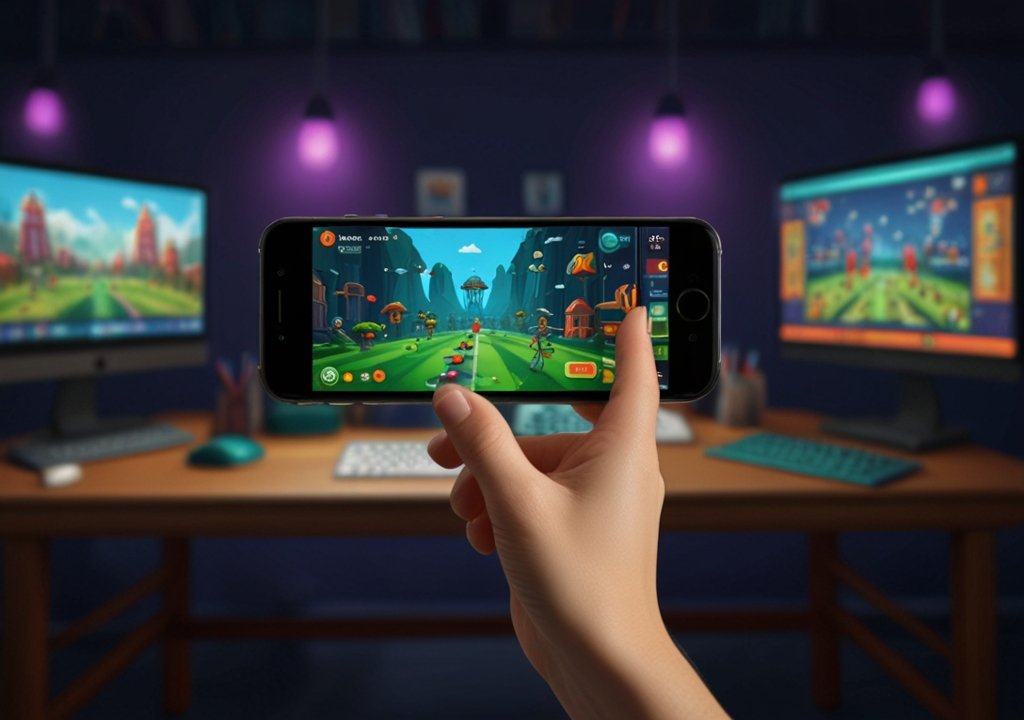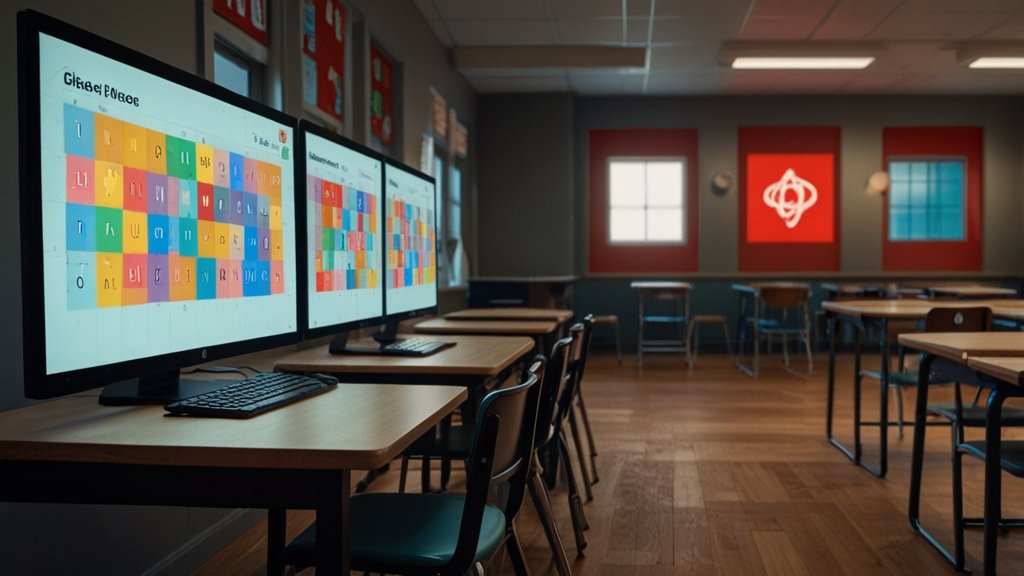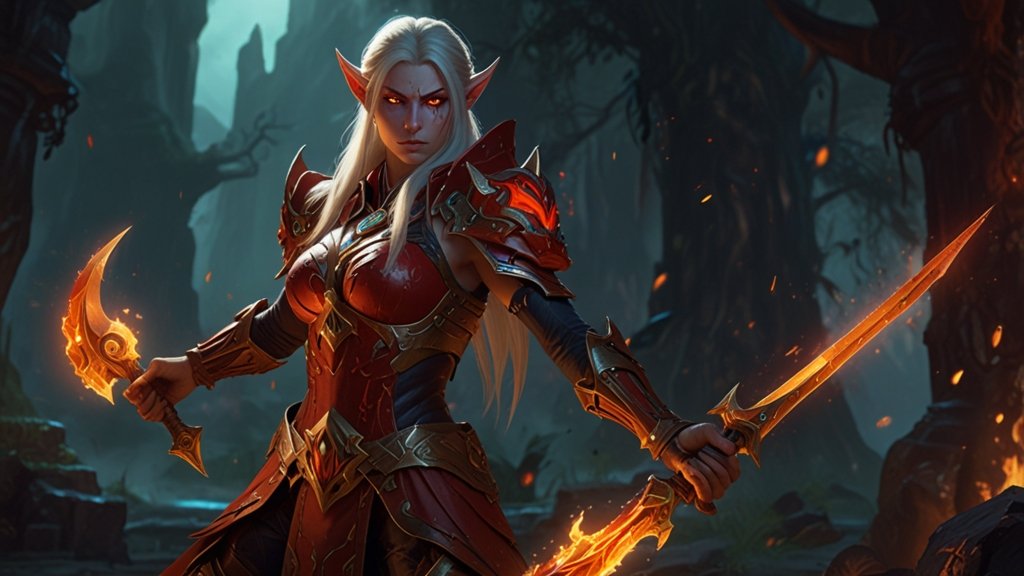If your classroom buzzing with excitement as students race to answer questions, earn virtual cash, and strategize their next move. This magic happens when a gimkit host—usually a teacher—orchestrates interactive learning sessions using Gimkit’s game-based platform. Essentially, the gimkit host acts as the game master, transforming quizzes into thrilling adventures. By selecting topics, setting rules, and guiding gameplay, they turn review sessions into dynamic battles for knowledge. Consequently, students stay engaged, compete healthily, and absorb information faster.
What Does a gimkit host Actually Do?
First, the gimkit host picks or builds a “kit” (quiz set). Then, they select a game mode—like Classic (solo competition) or Trust No One (a detective-themed team challenge*. Next, settings are customized: time limits, power-ups, and scoring rules. Once a unique game code is generated, students join via their devices. During gameplay, the gimkit host monitors real-time dashboards showing who’s leading, which questions are tricky, and how fast the class progresses. Finally, they use post-game reports to review performance and adjust future lessons.
Getting Started as a gimkit host
First, create a free educator account on Gimkit.com. Then, explore the “Kits” library to find pre-made quizzes on subjects like math or history. Alternatively, build your own kit in minutes by typing questions/answers. Afterward, click “Host” and tweak these key settings:
| Setting | Options | Impact on Gameplay |
|---|---|---|
| Game Mode | Classic, Team, Trust No One, Hidden | Changes collaboration & strategy |
| Time Limit | 5-30 minutes | Controls game pace & urgency |
| Starting Cash | $0-$2,000 | Adjusts difficulty & risk-taking |
| Power-Ups | Enable/disable multipliers, shields | Adds fun & tactical elements |
READ ALSO: Exploring eTrueSports Games: A Game-Changer for Esports Enthusiasts
Choosing the Right Game Mode
Different modes serve unique goals. For instance, Classic Mode encourages individual speed, while Team Mode builds collaboration. Similarly, Trust No One—inspired by social deduction games—rewards critical thinking. Therefore, match the mode to your lesson objective:
- Reviewing facts: Use Classic Mode for fast-paced competition.
- Group projects: Pick Team Mode to strengthen peer support.
- Complex concepts: Try Trust No One to foster debate and analysis.
Power-Ups, Penalties, and Customization
Moreover, the gimkit host can enable power-ups like “Ice Cream” (income boost) or “Shields” (attack protection). However, balance is key—too many power-ups distract from learning. Simultaneously, penalties (e.g., cash loss for wrong answers) raise stakes. Consequently, students think twice before guessing.
Managing Live Gameplay
Once the game starts, the gimkit host oversees everything from a central dashboard. They can:
- Freeze the game to explain a misunderstood question.
- Adjust time or cash settings mid-game.
- Send announcements (e.g., “Check question #7—tricky one!”).
Meanwhile, students see leaderboards, power-up shops, and live alerts on their screens.
Using Analytics to Improve Learning
After each game, the gimkit host accesses detailed reports showing:
- Individual/class accuracy rates
- Most-missed questions
- Speed per topic
For example, if 80% fail a science question, it’s automatically flagged for re-teaching. Thus, data turns fun into actionable insights.
Why Teachers Love Being a gimkit host
Not only does gamification boost motivation, but it also provides instant feedback. Students who hate worksheets eagerly tackle 50 questions in Gimkit. Furthermore, healthy competition increases participation—especially among quiet learners. One teacher reported, “My class average rose 22% after using Gimkit for weekly reviews.”
Pro Tips for New Hosts
- Start simple: Use pre-made kits before creating your own.
- Test settings: Run a trial game to refine time limits.
- Mix modes: Rotate between Classic and Team Mode to maintain novelty.
- Reward creatively: Offer bonus points or small prizes for top scorers.
Conclusion
Ultimately, the gimkit host bridges learning and play. By hosting dynamic sessions, educators reinforce knowledge through strategy, excitement, and real-time data. Whether reviewing algebra or vocabulary, Gimkit transforms classrooms into arenas of engagement. So embrace your role as gimkit host—and watch students thrive.
FAQs
Q1: Can I be a gimkit host without paying?
A: Yes! Gimkit offers a free plan with basic modes. Paid upgrades unlock advanced features.
Q2: How many students can join one game?
A: Up to 60 players can participate per game code.
Q3: Is Gimkit only for schools?
A: No! Coaches, trainers, and even families use it for trivia nights.
Q4: Can students cheat as a gimkit host watches?
A: The dashboard shows unusual patterns (e.g., 10 correct answers in 3 seconds), letting hosts address issues.
Q5: What if my internet fails mid-game?
A: Games auto-pause. After reconnecting, the gimkit host resumes where you left off.
YOU MAY ALSO LIKE: MonkeyGG2: The Secret Hub for 150+ Games That Bypasses School Blocks











